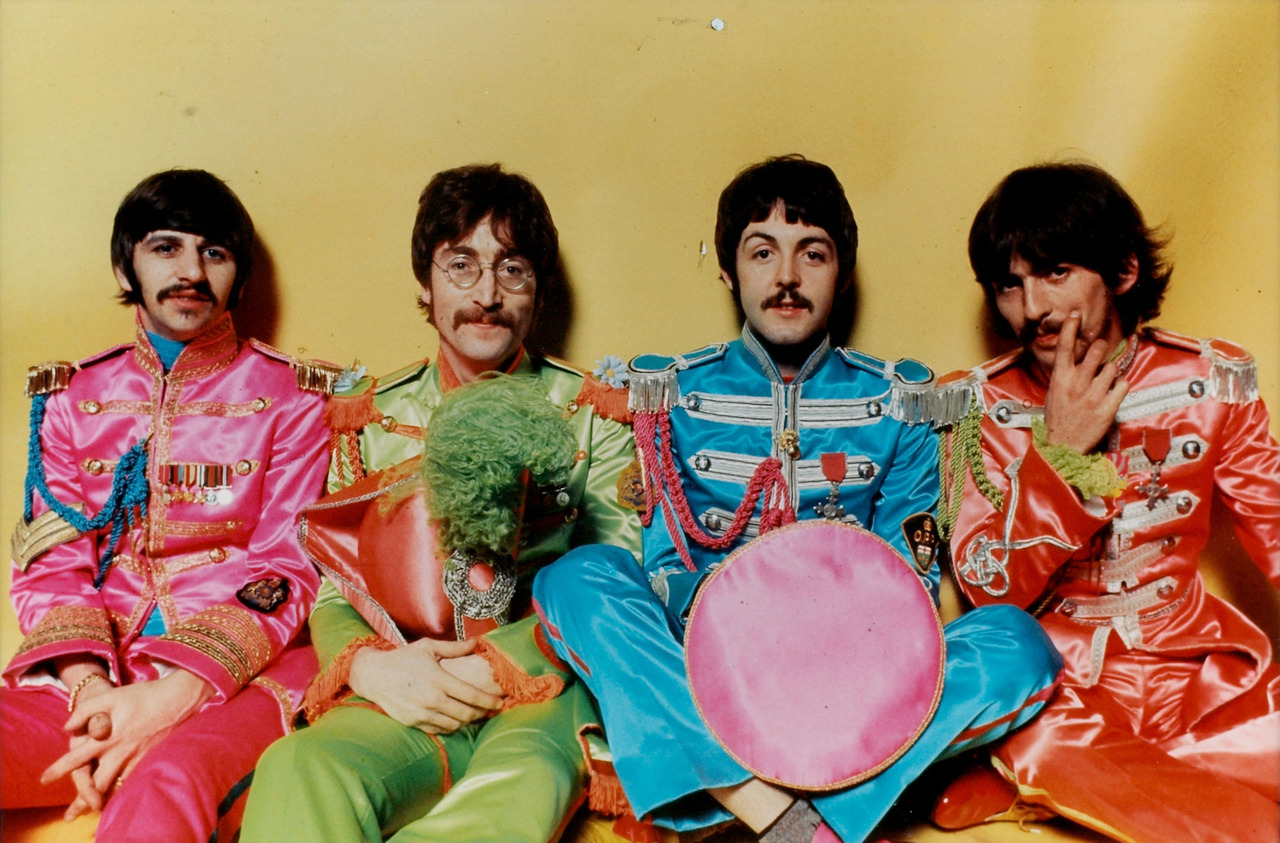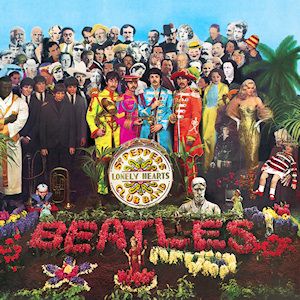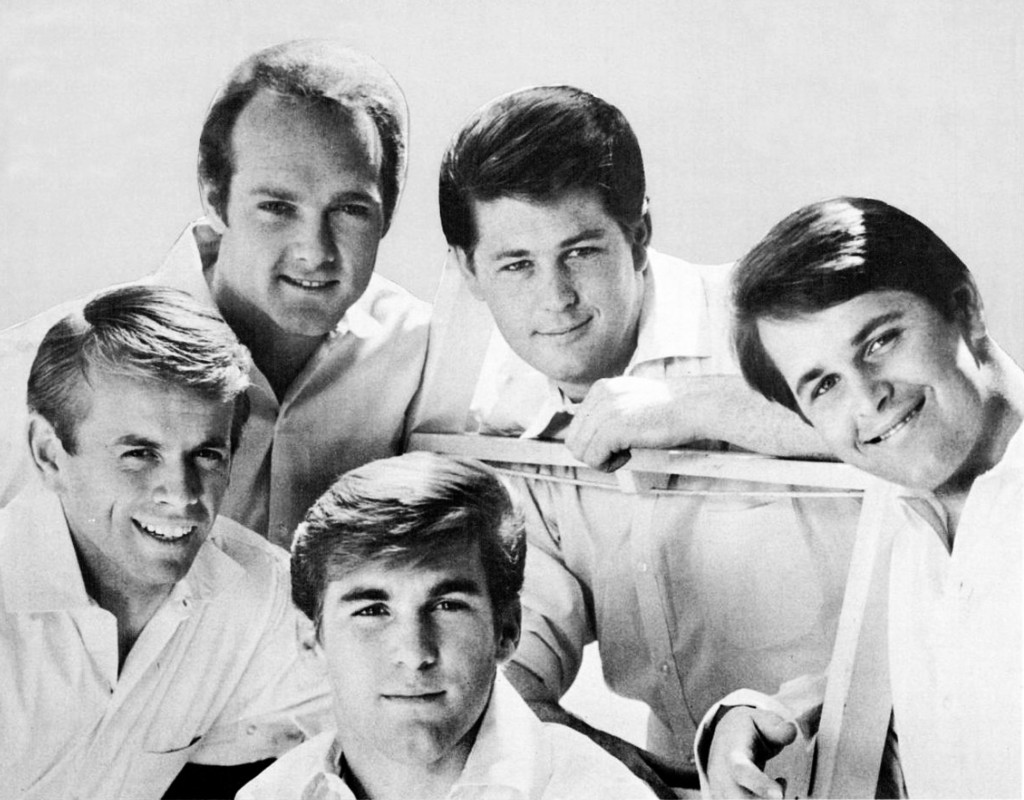
Arts & Culture
An icon who collected sounds

As music lovers worldwide mark the 50th anniversary of the Beatles’ most celebrated album, we explore why it has stood the test of time
Published 28 May 2017
Very much a product of its time, the Beatles’ Sgt Pepper album was the soundtrack to the 1967 Summer of Love; a psychedelic explosion of sound and colour that pushed back against the last vestiges of Victorian values.
Celebrated by many, criticised as over-hyped by others, Sgt Pepper’s Lonely Hearts Club Band, remains one of the most awarded, iconic and influential albums ever produced. Written amid a culture of experimentation with ‘alternative states of being’, the music and the myths are forever bound together; the influence of hallucinogenic drugs and the hidden “I buried Paul” message chief among them.
But perhaps the most notable legacy of the album is its place in the shifting pop landscape – with its preference for studio production over live performance, and as one of the first albums to be marketed as a holistic LP package.

“Sgt Pepper, and its iconic precursor, the Beach Boys’ Pet Sounds, led to the pop music production values we have now,” says Associate Professor Mark Pollard, from the University of Melbourne’s Melbourne Conservatorium of Music.
“We expect songs and the album to be packaged through sound production techniques and for the studio to be integral to the unique final sound.”
The album was never intended for live performance. In late 1966 the Beatles had decided to stop touring, tired of being unable to hear themselves above the screaming crowds and stung by a drop in attendance at their US concerts following John Lennon’s proclamation they were “more popular than Jesus”. They were also keen to have more time to write.
Often hailed as the first concept album (it wasn’t – but it was the first to make the LP concept front and centre) Sgt Pepper features experimental sounds designed to conjure a ‘dream-like state’, where the listener experiences the Beatles’ alter ego in concert from beginning to end.
“It was the convergence of technology and socio-political experiences that forced the production values and sound of that album,” says Associate Professor Pollard.
“There are a lot of psychedelic moments, but the sound is not necessarily informed by the band members being high during all the sessions. This is an extraordinarily artistic album made by a group of people who were ruthless about reflecting what was going on at the time through their own creative lenses.”
The team behind the album experimented with multi-tracking, sound effects and juxtaposing orchestral and band sounds to create the unique Sgt Pepper sound experience.

“Multi-tracking and sonic colouring in pop music was pioneered by the Beach Boys in Pet Sounds, but the Beatles really created some magic with how they used it in Sgt Pepper,” says Associate Professor Pollard.
“Interestingly the Beatles’ producer George Martin is quoted as saying that ‘without Pet Sounds, Sgt Pepper wouldn’t have happened’.”
THE ICONIC COVER
Sgt Pepper was a hugely expensive album to make, not just in terms of the music but also the album production. It was the first to include lyrics inside the cover and a host of other “goodies”.
The iconic cover is a case in point. At the time, it was the most expensive produced, to the tune of £3000 (more than $5000 Australian dollars).
“Most covers cost around £50 ($85) at the time. A lot of Sgt Pepper expense came from licensing and artist fees,” says Associate Professor Pollard. “There are various myths about who features and who doesn’t. John Lennon wanted Gandhi, Hitler and Jesus Christ. Gandhi didn’t appear because India was a big market and his inclusion might adversely affect sales and Jesus Christ was a no-go after Lennon’s earlier comments in America.

“Those involved in the making of the cover say Hitler is there but he’s covered by the fab four. Others are also obscured – Albert Einstein is blocked by Lennon’s shoulder and Bette Davis was covered by Harrison.”
Rumours circulated that McCartney got the idea from a Swedish band that had produced an EP of Beatles covers.
“In the case of Mercblecket Beats The Beatles the two covers do bear a resemblance,” says Associate Professor Pollard. “It’s an interesting testament to how creativity works. You can see something and not remember it, but end up producing something that is clearly influenced by it.
“Is this just a coincidence or a conscious decision? I guess we will probably never know.”
Produced, as it was, at a time when the establishment was struggling to keep a handle on youth culture, some of the Sgt Pepper songs were controversial. A number were even censored, as organisations like the BBC panicked about perceived depictions of drug use in their lyrics.
“The BBC and others were trying to define the boundaries around what was acceptable and what wasn’t,” says Associate Professor Pollard. “Everyone was looking for loaded meaning in the songs – even where none existed.”
A Day in the Life, for example, which in part is about a newspaper report of a car crash, was banned for references to potholes in the road, misconstrued as references to track marks.
It was removed from the album’s release in South East Asia, Hong Kong and Malaysia, along with Lucy in the Sky with Diamonds and With a Little Help from my Friends.
Musically, the Sgt Pepper period started with Strawberry Fields and Penny Lane, which were released as a double-sided single but never made it onto the album.
“They’re two absolutely killer songs and provided a glimpse of the sonic and song writing brilliance and myths to follow. Notably Strawberry Fields ended with the words cranberry juice which to many sounds like I buried Paul fuelling the ‘Paul is dead’ myth in years to come,” says Associate Professor Pollard.
“As with most Beatles songs, they’re about personal reflections on experiences they had – often very straightforward experiences of childhood, love, things they read and life. However this all takes on new meaning when placed in a psychedelic musical context. Like most things in art it’s others who do the interpreting.”
With a Little Help from my Friends
There is no break between the album’s introductory song, Sergeant Pepper’s Lonely Hearts Club Band, and the second song, With a Little Help from my Friends.
“This was one of the first times that had happened in pop music,” says Associate Professor Pollard. “It forced radio stations to either play both songs or make an awkward cut and often led to the whole sides of the album being broadcast without a break.”
Ringo Starr sang it after considerable persuasion.
“Ringo didn’t want to sing, and he didn’t write on this album,” he says. “In fact, rumour has it he learned to play chess during its recording.”
As he was going home one evening the band called him back to sing With a Little Help from my Friends. They persuaded him to sing after promising he could change some of the lyrics – the original first line was “What would you do if I sang out of tune, would you stand up and throw tomatoes at me?” Ringo had this changed because he had a fear of the audience throwing tomatoes at him.
He had trouble hitting some of the high notes so the band all sang with him to get him over the line.
“It’s quite lovely,” says Associate Professor Pollard. “That song is very much about ‘with a little help from my friends’.”
Lucy in the Sky with Diamonds
Perhaps the most famous song on the album also has the most myths tied to it.
“Of course at that time people were going to say it’s about LSD, given the letters in the song title,” says Associate Professor Pollard.
But it has been verified the song is actually about a colourful and abstract drawing Lennon’s son Julian brought home one day, which he showed his father and told him it was “a drawing of my friend Lucy in the sky with diamonds”.
“It turns out she didn’t find out the song was about her until the 70s,” says Associate Professor Pollard.
She’s Leaving Home
Based on an article from the Daily Mail about a 17-year-old girl who disappeared from home along with all her belongings, there was a very strange coincidence in McCartney’s choice of subject.
“The 17-year-old girl who had disappeared was Melanie Cole. Melanie met Paul McCartney previously when he was the judge on a talent show in 1964,” explains Associate Professor Pollard.

Arts & Culture
An icon who collected sounds
“She won – but he didn’t remember her when he wrote the song.”
Fixing a Hole
“This one is an ode to pot and the only song on the album that is explicitly about drug taking,” says Associate Professor Pollard. “And perhaps oddly, it is also one of the few songs that doesn’t have any extreme sound effects or sound production exploration.
“Interestingly, rumours abound that the fix refers to an intravenous drug fix but in reality it’s not. So I guess the rumour in this case is half right!”
A SPECIAL PLACE IN TIME
1967 was a unique moment in time, says Associate Professor Pollard.
“We’ve seen similar periods where music has been used to push back the political, social and commercial music establishment – such as the emergence of punk in the late 70s, which was really a reaction to the sonic and material packaging the Beatles catalysed with Sgt Pepper,” he says.
“But in terms of Western commercial pop music, nothing else has been quite like the late 67 summer of love.”
Banner image: Tumblr